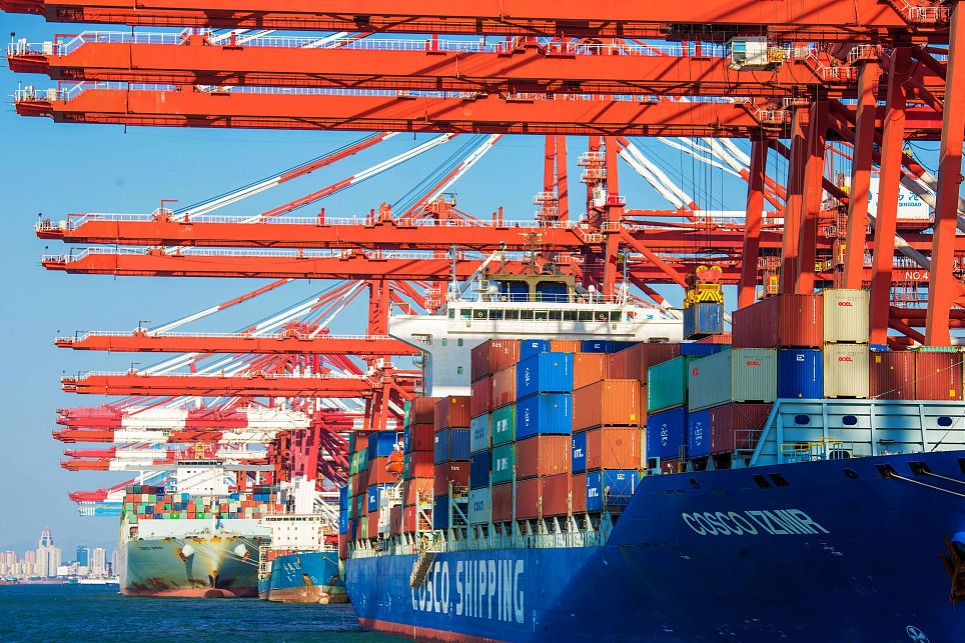Jiankou work starts to go deeper into layers of history
By YANG FEIYUE | China Daily | Updated: 2024-06-13 06:49

Oxide composition, minerals and organic components will be analyzed, and mechanical tests will be conducted to assess the pressure the mortar can withstand.
Additionally, she says she will compare the samples with the dolomite found around the Great Wall and try to determine the origin of the mortar and reconstruct the ancient processes of mortar production and firing.
Yin Da, also from the institute, has been paying attention to vegetation on the Great Wall.
She joined the study and restoration of the Dazhuangke Great Wall in Yanqing district, northwestern Beijing, a few years ago.
Through the identification of large plant remains, charred plant seeds were discovered in the soil accumulations of stoves and heated brick beds in her previous work, which she says can be used to explore issues related to the composition, source and supply methods of military provisions during the Ming Dynasty (1368-1644).
Yin says she hopes she can make richer discoveries in the Jiankou project. In addition to examining more types of military provisions of the frontier soldiers in ancient times, Yin says she is also interested in understanding the various ways the Ming and Qing (1644-1911) garrisons obtained and utilized plant resources around the Great Wall.
Shang believes the involvement of "technological archaeology" will produce richer results.
"Not only can we reconstruct the daily lives of the frontier soldiers, but we can also make the Great Wall, which many see as solely a military structure, warmer and more vivid and tangible, revealing more stories hidden beneath its mysterious facade," Shang says.
























